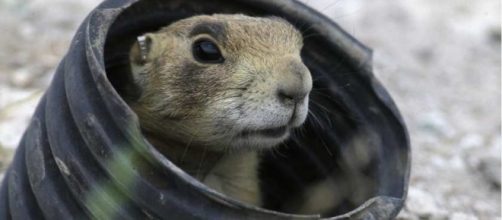Prairie Dogs are rodents that like to burrow. There are several different species, and those in Utah are predominantly found in the southwestern quarter of the state. They appear to have the most restricted habitat of all other prairie dog species. They prefer to live in vast colonies in burrows that protect them from coyotes, golden eagles, and hawks. They were also in danger of property developers until the U. S. appeals court changed the restrictions to protect these and other endangered animals as part of the Endangered Species Act.
The decision by the U. S. appeals court involving the fate of the prairie dogs in Utah
Environmentalists were thrilled with the judgment of the three-judge appeals court panel when the overturned a previous ruling regarding the protection of the prairie dogs in Utah. Farmers and property developers were not happy with the new decision, saying that the underground colonies threaten farm animals and property. The director of a conservation group, Friends of Animals stated that the decision by the appeals court not only affects the prairie dogs but also the Endangered Species Act. People for the Ethical Treatment of Property Owners argue that the government should not have the power of a species that resides only in one state.
They do recognize the importance of the species but still ask for a review of the situation by a full court.
The decline of the Utah prairie dogs
Court protects Utah prairie dogs, rebuffs right-wing claims that feds can't protect species occuring in just 1 statehttps://t.co/XLSJCMBVkV pic.twitter.com/voPrRYFFug
— Lori Ann Burd (@LoriAnnBurd) March 29, 2017
Although there are various species of prairie dogs, those in the area appear to have a black “eyebrow” marking over each of their eyes.
Around the 1920s, there were more than 95,000 prairie dogs, but the numbers dwindled down to about 3,300 in 1972, mostly due to disease and people killing the animals. A year later, the tremendously social creatures were declared endangered. Numbers increased slightly, claiming them to be threatened. Since the population is still dangerously low in numbers, the new ruling is indeed good news to protect the prairie dogs from possible extinction.
The federal government will limit local development abiding with the Endangered Species Act. In the case, Judge Jerome Holmes commented that the ruling was in line with previous circus courts that ensure the protection of the Endangered Species Act.

